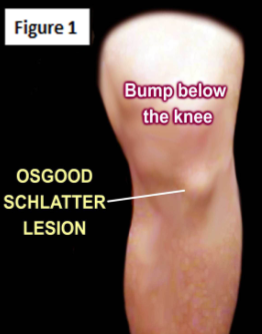Common Injuries in the Knee
- Q-Angle
- Angle measured from the anterior superior iliac spine to the patella and from
the patella to the tibial tuberosity
- Patellar Dislocation
- MOI: Likely to happen during high speed motions especially cutting and pivoting
- Almost always shifts laterally
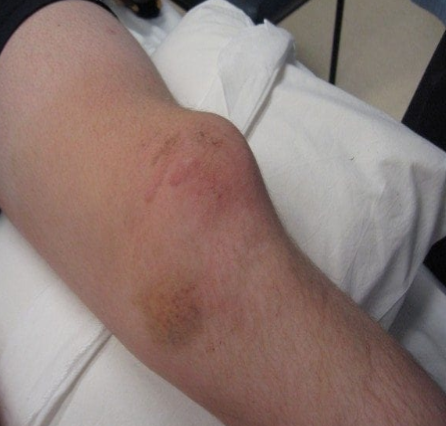
- S&S
- Moderate to extreme pain
- Moderate swelling
- Complete loss of ROM
- Obvious deformity
- Treatment: Reduction, xray, brace, RTP
- Patella-Femoral Stress Syndrome (PFSS)
- Chronic pain found in the patellar region that can be blamed on tracking issues or overuse
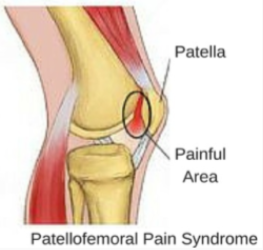
- MOI: Chronic, improper lateral tracking of patella
- S&S
- Pain and tenderness in lateral aspect of the patella
- Slight swelling
- Crepitus or popping with extension
- Treatment
- Rehab: strengthening and stretching protocol to help muscular issues (knees and hips)
- Tape or bracing
- Chondromalacia
- Roughening of the protective cartilage found on the underside of the patella
- MOI: abnormal patellar tracking or trauma from an acute injury
- S&S
- Pain underneath the patella
- Grinding or popping during motion
- Slight chronic swelling
- Treatment: ice therapy, quad strengthening, Anti-inflammatory medication, brace or knee sleeve, surgical intervention if necessary
- Osgood-Schlatter’s Disease
- MOI: Chronic condition found in adolescents, typically after a dramatic growth spurt
- Adolescents and puberty the tendons are stronger than the bones. This discrepancy causes bone damage as the tendon microscopically pulls away from its attachment.
- Increased repair that over time develops into an enlarged tuberosity
- S&S
- Pain at insertion of the patella tendon
- Tenderness to palpation
- Enlarged tibial tuberosity
- Pain with jumping and running
- Treatment
- RICE, Anti-inflammatories, ultrasound, knee strap, surgical intervention
- Patella Tendon Rupture
- Rare in younger athletes more common in older professional or recreational athletes
- MOI: strong contraction of the quad muscles during jumping or running
- S&S
- Extreme pain followed by a dramatic decrease in pain levels
- Significant swelling
- Shifting of the patella out of its normal position into the mid thigh area
- Complete loss of knee extension
- Previous history of tendonitis or inflammation
- Treatment: Surgical repair, recovery 1 year
- Meniscus Tears
- Very common in athletics
- MOI: twisting motion in conjunction with valgus stress (cutting movements as the athlete attempts to shift and push off the involved leg
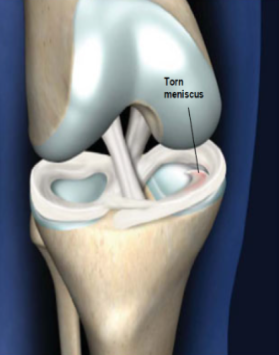
- S&S
- Pain, especially when moved similarly to the MOI
- Pain with full extension and flexion
- Effusion (swelling in the joint)
- Pain along the line of the joint between the femur and tibia
- Sensation of locking or giving out
- Clicking or popping sound with movement
- Treatment
- Depends on location and type of damage that meniscus has incurred
- Surgical intervention
- Repaired through reattachment and sutures (outer)
- Cleaned up by removing the injured tissue (inner)
- Types
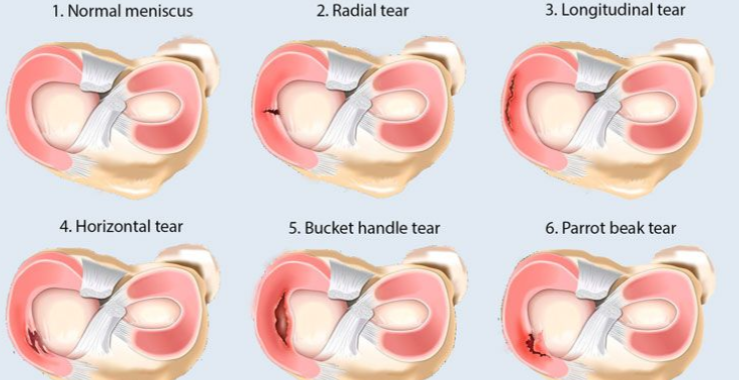
- Anterior Cruciate Ligament (ACL) Tear
- ACL prevents anterior translation or shifting of the tibia in relation to the femur
- MOI: most commonly noncontact shifting of the knee, often seen with deceleration
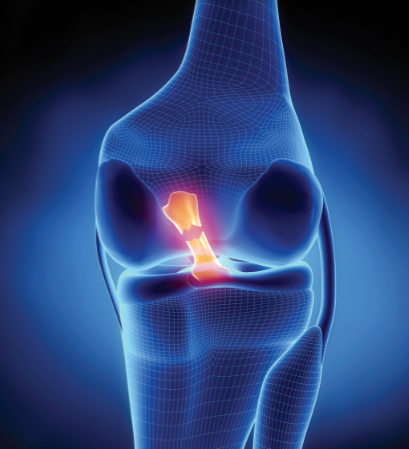
- S&S
- Pain in joint
- Athlete complains of pop at time of injury
- Sense of feeling “loose” in joint, giving away or shifting
- Swelling that increases rapidly post-injury
- Treatment
- RICE
- Grade I & II sprain -> rehab
- Complete tear requires surgery
- RTP 4-6 months (closer to 1 year)
- Prehab very important
- Posterior Cruciate Ligament (PCL) Sprains/Tears
- Posterior Cruciate Ligament prevents posterior translation of the tibia in relation to the femur
- PCL is the strongest ligament in the knee which makes injury less often than in the ACL
- MOI: direct blow to the proximal tibia and knee while flexed at 90 degrees (ligament is at a vulnerable position)
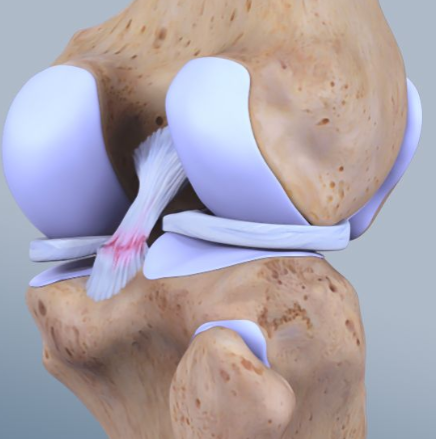
- S&S
- Pain and tenderness on posterior aspect of knee
- Slight swelling in popliteal region
- Joint laxity
- Loose feeling when walking
- Treatment
- RICE, Rehab strengthening hamstring and quads, surgery, bracing
- Medial Collateral Ligament (MCL) Sprains/Tears
- Very commonly injured in athletics due to the frequency of contact to the outer side of the knee forcing it medially
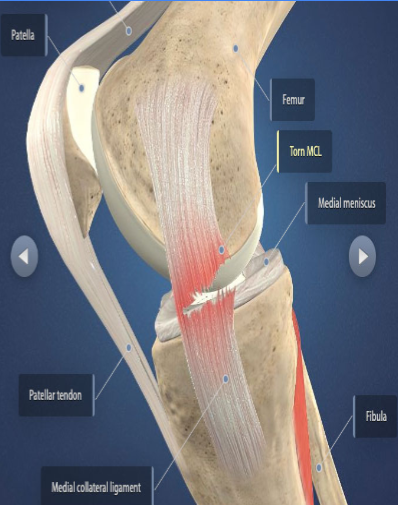
- S&S
- Pain increasing with severity
- Joint stiffness
- Slight to moderate swelling over ligament
- Decreased ROM
- Joint laxity medially
- Treatment: RICE, isolated tear?, rehabilitation (abductors, adductors)
- Lateral Collateral Ligament (LCL) Sprains/Tears
- Lateral Collateral Ligament- injured much less than the MCL and less prevalent in athletics
- MOI: varus stress to inferior of the knee
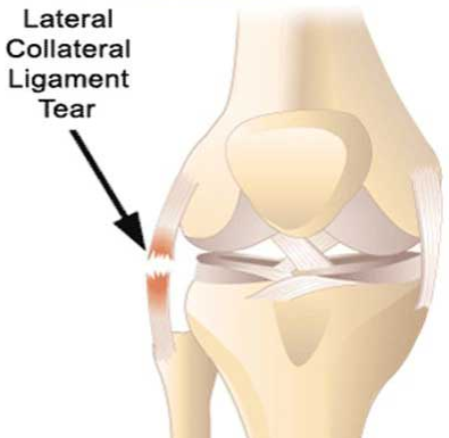
- S&S
- Pain over lateral aspect of the knee
- Slight to moderate swelling over lateral aspect
- Joint laxity laterally
- Joint stiffness
- Decreased ROM
- Treatment: RICE, progressive rehab, RTP, surgery is unlikely if just isolated LCL tear








